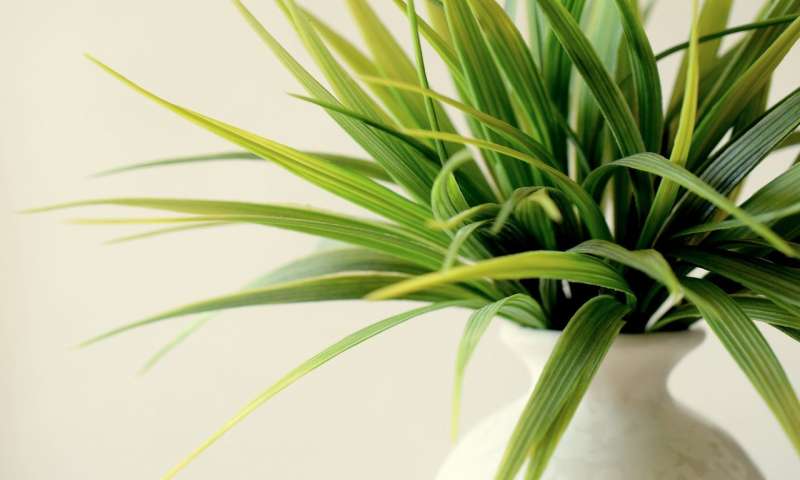Ever wondered about the potential of a plant to act as an air purifier and not just decor in a room? Researchers from Drexel University had the same question when they started their study published in the Journal of Exposure Science and Environmental Epidemiology.
Researchers found that the plants ability to clean air is very low compared to natural ventilation. Co-author of the study, Michael Waring explained, “This has been a common misconception for some time. Plants are great, but they don’t actually clean indoor air quickly enough to have an effect on the air quality of your home or office environment.”
Researchers found that the natural air transfer rate can dilute the pollutants, volatile organic compounds (VOC) present indoors much faster than plants can absorb them from the air. They collected data from multiple studies and calculated Clean Air Delivery Rate (CADR) which was not done previously. CADR is the standard measurement used to study the efficiency of air purifiers in indoor environments.
In every case, they found that the rate of dissipation of VOCs by plants in a chamber was very slow than the standard rate of air exchange. The results showed that the overall effect plants had on indoor air quality was nominal.
According to researchers, the idea that house plants can function as air purifiers was popularized by a NASA study conducted in 1989. The study aimed to find methods to clean air on space stations and found that airborne cancerous chemicals can be removed plants.
But the experiments of the study were performed in a sealed chamber, in conditions different from the environment of a house or an office. Waring explained that scientific findings can be misinterpreted and that’s why, researchers should reexamine their result’s interpretation.













![Hotstar Premium Cookies 2019 [*100% Working & Daily Updated*] Hotstar Premium Cookies 2019 [*100% Working & Daily Updated*]](https://tahav.com/wp-content/uploads/2019/11/Hotstar-Premium-Cookies-Free-100x70.jpg)



